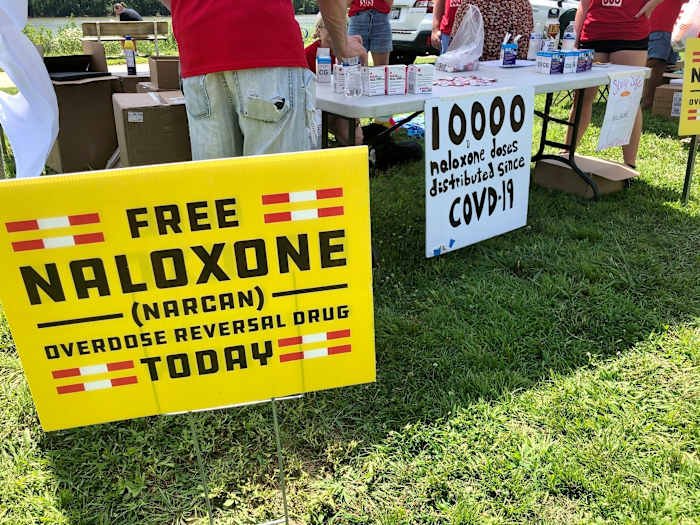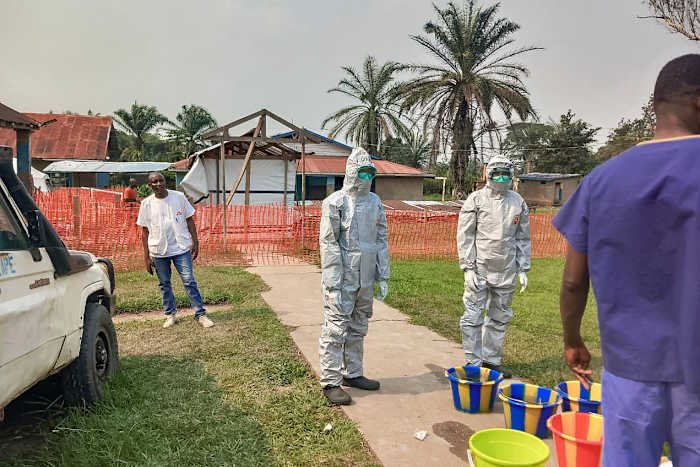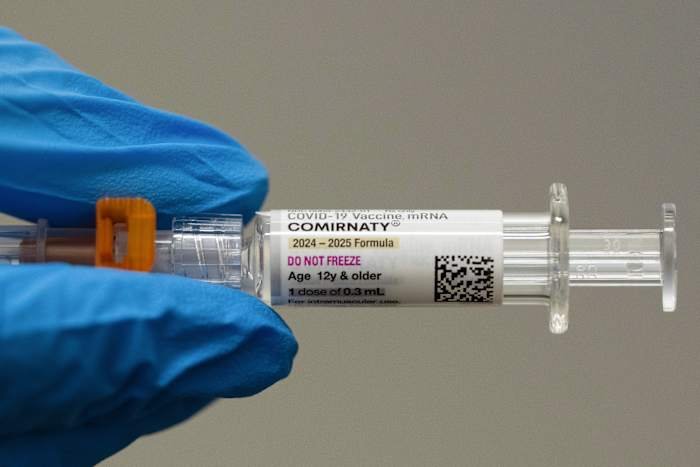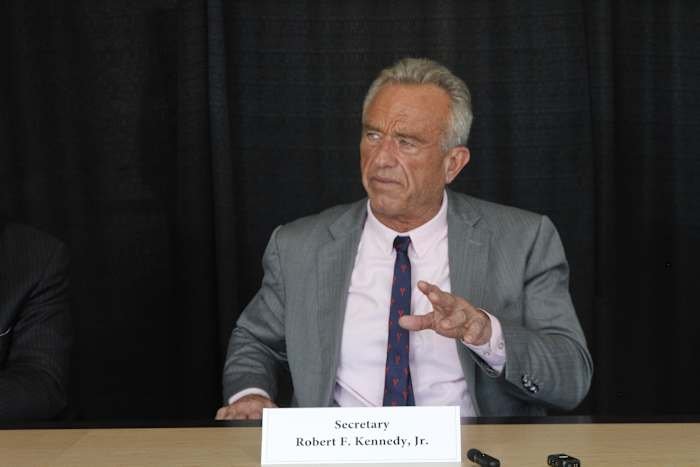For the first time in years, there is a glimmer of hope in the ongoing battle against the opioid crisis. Recent data shows that U.S. drug overdose deaths fell by a staggering 27% last year, marking the largest one-year decline ever recorded. This translates to 30,000 fewer lives lost in 2024 compared to the previous year—a statistic with enormous implications for communities across the nation, including right here in Orlando.
A National Crisis: Understanding the Overdose Epidemic
For over a decade, drug overdose deaths have been a grim indicator of the opioid epidemic’s grip on America. Synthetic opioids, especially fentanyl, along with methamphetamine and other substances, have driven record-high mortality rates. In 2023, the U.S. recorded more than 110,000 overdose deaths—devastating families and straining public health resources.
The 27% drop in 2024, representing 30,000 fewer deaths nationwide, signals a turning point. Experts attribute this decline to a combination of expanded access to treatment, increased availability of overdose-reversing drugs like naloxone, and intensified public health campaigns. For cities like Orlando, where substance use has impacted many families and communities, this news offers a sense of relief and renewed hope.
What’s Driving the Dramatic Decline?
Several key factors have contributed to this unprecedented decrease in overdose deaths:
- Wider Naloxone Access: Naloxone, known by the brand name Narcan, can reverse opioid overdoses if administered quickly. Local organizations in Orlando, such as the Orlando Police Department and community health centers, have distributed free kits and trained residents on their use.
- Expansion of Treatment Programs: More people struggling with addiction are now able to access medication-assisted treatment (MAT), counseling, and peer support. In Central Florida, clinics and nonprofits have ramped up their outreach, breaking down stigma and helping more residents start their recovery journeys.
- Public Health Campaigns: Education efforts have increased awareness of the dangers of fentanyl-laced drugs and the importance of seeking help. Local campaigns in Orlando neighborhoods are reaching at-risk populations, particularly young adults.
- Law Enforcement Initiatives: Crackdowns on illegal drug trafficking, especially synthetic opioids, have helped reduce the supply of dangerous substances on the streets.
While these combined efforts are making an impact, experts caution that the fight is far from over. The possibility of new, more potent drugs and socioeconomic challenges remains a concern.
How Orlando is Responding to the Crisis
Orlando has not been immune to the opioid epidemic’s devastating effects. Over the last decade, Orange County has seen a steady rise in overdose-related deaths, with synthetic opioids being the primary culprit. Local hospitals, first responders, and community organizations have been on the front lines, working tirelessly to save lives and provide critical resources.
In recent years, the Orlando Health Department has launched initiatives aimed at both prevention and recovery. This includes:
- Free naloxone distribution events across the city
- Outreach programs in schools to educate teens about drug risks
- Collaboration with law enforcement to disrupt illegal drug networks
- Support groups and peer mentoring for individuals in recovery
These collective efforts have helped Orlando align with—and in some cases, surpass—the national downward trend in overdose deaths. Local officials are cautiously optimistic, emphasizing that ongoing vigilance and community involvement are key to sustaining progress.
Stories of Hope and Recovery in Central Florida
Behind the numbers are real stories of hope, resilience, and transformation. Local residents who once struggled with addiction are now in recovery, thanks to expanded treatment options and community support.
Take, for example, the story of “Maria,” an Orlando resident who survived a near-fatal fentanyl overdose in 2022. With the help of a community recovery program, Maria now volunteers at a local harm reduction center, educating young people about the dangers of opioid misuse and offering a compassionate ear to those in need. Her journey, like many others in the city, exemplifies the power of second chances and the importance of accessible resources.
Orlando’s recovery community continues to grow, with new support groups and resources available to those seeking help. The city’s annual Recovery Festival celebrates these triumphs and encourages those still struggling to reach out for support.
Challenges Ahead: Sustaining the Momentum
While the recent decline in overdose deaths is encouraging, Orlando leaders and health experts warn that complacency could reverse these gains. The opioid crisis is constantly evolving, with new substances and trafficking methods posing fresh threats. Housing instability, unemployment, and mental health issues remain risk factors that can contribute to substance use.
To maintain this positive trend, Orlando must continue to:
- Invest in prevention and education, especially targeting youth
- Support long-term recovery and reintegration programs
- Prom
















